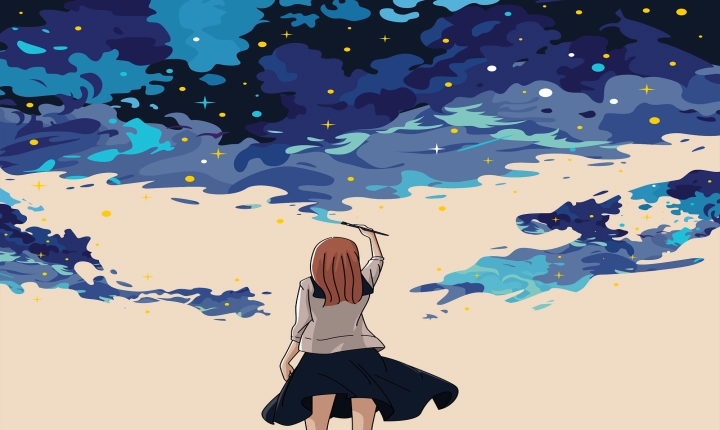Title: How to Get ChatGPT to Write a Poem
In the age of advanced AI technology, the ability to generate creative and artistic content has reached new heights. One such area where AI has made significant strides is in the field of poetry generation. Companies like OpenAI have developed language models such as ChatGPT, which can be harnessed to write poems on various topics and themes. In this article, we will explore the steps to get ChatGPT to write a poem, and the considerations to keep in mind to ensure a meaningful and engaging result.
Choose a Thoughtful Prompt: The first step in getting ChatGPT to write a poem is to provide a thoughtful and specific prompt. The quality and depth of the resulting poem heavily depend on the prompt provided. Consider the theme or emotion you want the poem to convey, and formulate a prompt that encourages ChatGPT to delve into the subject matter with creativity and empathy.
Specify the Length and Style: When generating a poem with ChatGPT, it is essential to specify the desired length and style of the poem. Whether you want a short, poignant haiku or a free-verse ode, conveying this information to the AI model will help it tailor the poem accordingly.
Provide Relevant Context: Adding relevant context to the prompt can enhance the richness and relevance of the poem. By providing ChatGPT with background information, historical references, or a specific cultural context, you can guide the AI model to weave in pertinent details and produce a poem that resonates with the intended audience.
Revise and Refine: After ChatGPT generates a poem based on the provided prompt, it is crucial to revise and refine the output. While AI-generated poetry can be impressive, it often requires human intervention to polish the language, structure, and coherence of the poem. By reviewing and editing the poem, you can ensure that it aligns with your vision and effectively communicates the intended message.
Understand the Limitations: While ChatGPT and other AI language models have demonstrated remarkable capabilities in composing coherent and expressive text, it is essential to understand their limitations. AI-generated poetry may lack the innate emotional depth and personal insight that human poets often infuse into their work. Keeping this in mind can help set realistic expectations and guide the collaborative process between human creativity and AI assistance.
In conclusion, the process of getting ChatGPT to write a poem involves thoughtful crafting of the prompt, specifying the desired length and style, providing relevant context, and revising the output to refine the final poem. By recognizing the strengths and limitations of AI-generated poetry, individuals can harness the potential of technology to explore new creative horizons while retaining the essence of human expression. The collaboration between human creativity and AI innovation opens up exciting possibilities for the future of poetry and art.
